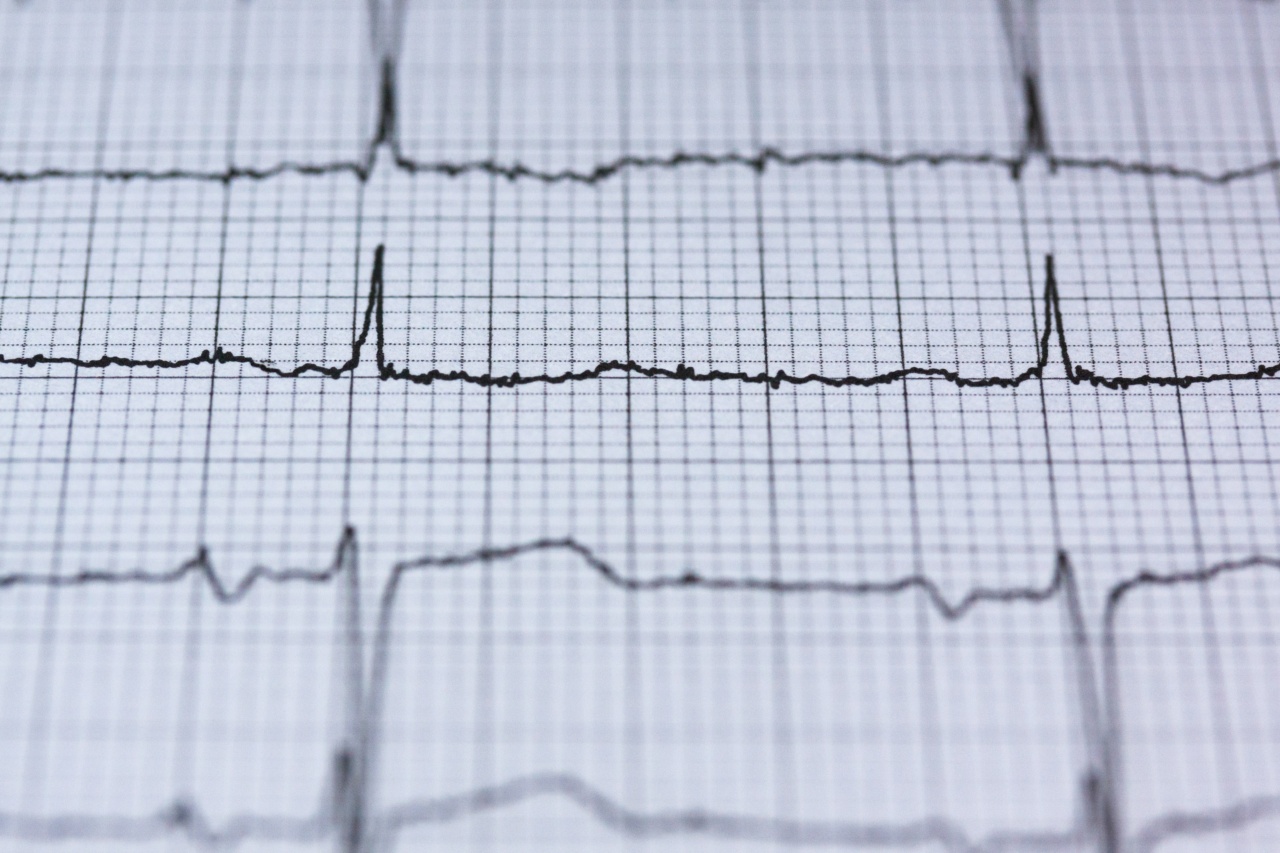The heart is often referred to as the pumping station of the body, and for good reason. This vital organ has the critical job of pumping blood to all parts of the body to ensure they receive the necessary nutrients and oxygen.
The heart’s pumping function is regulated by electrical impulses that travel through the heart’s tissues. Sometimes, these electrical signals can become abnormal, which can lead to dangerous or life-threatening heart rhythms.
What are Heart Rhythms?
Heart rhythms refer to the pattern in which the heart beats. A normal heartbeat, also known as a sinus rhythm, occurs when the heart’s electrical impulses follow a specific pattern, causing the heart to contract and relax rhythmically.
Abnormal heart rhythms, also known as arrhythmias, occur when the heart’s electrical impulses become erratic or irregular, causing the heart to beat too fast, too slow, or irregularly.
There are several types of arrhythmias, including atrial fibrillation, ventricular tachycardia, and ventricular fibrillation.
Of these, ventricular tachycardia and ventricular fibrillation are the most dangerous and can lead to sudden cardiac arrest, a condition that can be fatal if not treated immediately.
What Factors are Involved in Distinguishing Safe and Risky Heart Rhythms?
The factors involved in distinguishing safe and risky heart rhythms are numerous. Typically, safe heart rhythms are those that occur within a normal range (60-100 beats per minute) and are regular in nature.
On the other hand, dangerous heart rhythms can occur for a variety of reasons such as underlying heart disease, damage to the heart from a heart attack, or electrolyte imbalances.
Other factors that can play a role in distinguishing safe and risky heart rhythms include age, sex, previous heart conditions, lifestyle factors such as smoking and alcohol consumption, and family history of heart disease.
Each of these factors can increase the risk of developing a dangerous heart rhythm and should be taken into account when evaluating a patient’s heart health.
Distinguishing Safe Heart Rhythms
In general, safe heart rhythms are those that occur within a normal range and are regular and consistent in nature. That being said, some variations in heart rhythm can occur naturally and are not cause for concern.
For example, during exercise or periods of stress, the heart may beat faster than usual, which is a normal physiological response to increased activity or stress.
In order to distinguish safe heart rhythms, doctors may perform an electrocardiogram (ECG or EKG), a test that records the electrical activity of the heart.
The ECG can help identify abnormalities in heart rhythm, such as atrial fibrillation, and can also determine whether the heart is functioning properly.
Distinguishing Risky Heart Rhythms
Risky heart rhythms are those that are irregular, fast, or slow and can lead to serious health complications such as stroke or sudden cardiac arrest.
It can be difficult to determine if a heart rhythm is dangerous without proper testing and evaluation by a medical professional. Some common signs of a dangerous heart rhythm include palpitations or a racing heartbeat, shortness of breath, chest pain, and dizziness or lightheadedness.
If a patient is experiencing symptoms of a dangerous heart rhythm, doctors may perform additional tests such as a Holter monitor, which is a portable ECG that records the heart’s electrical activity over a period of time.
A tilt table test may also be performed to evaluate the heart’s response to changes in position. If a dangerous heart rhythm is detected, treatment options may include medications, lifestyle changes, or in some cases, surgical intervention.
Preventing Risky Heart Rhythms
While some risk factors for dangerous heart rhythms such as age and family history cannot be controlled, there are several steps individuals can take to reduce their risk of developing a dangerous heart rhythm.
Several lifestyle factors have been linked to an increased risk of arrhythmias, including smoking, excessive alcohol consumption, and a sedentary lifestyle.
Managing underlying health conditions such as high blood pressure, diabetes, and high cholesterol can also help prevent dangerous heart rhythms.
Eating a healthy diet rich in fruits, vegetables, whole grains, and lean proteins can also promote heart health and reduce the risk of developing heart disease.
Conclusion
The heart is a vital organ that keeps the body functioning properly, and maintaining a healthy heart rhythm is crucial for overall health and wellbeing.
While some heart rhythm variations are normal, others can be dangerous and lead to serious health complications. Understanding the factors involved in distinguishing safe and risky heart rhythms, as well as taking steps to prevent dangerous arrhythmias, can help individuals maintain a healthy heart and reduce their overall risk of developing heart disease.























